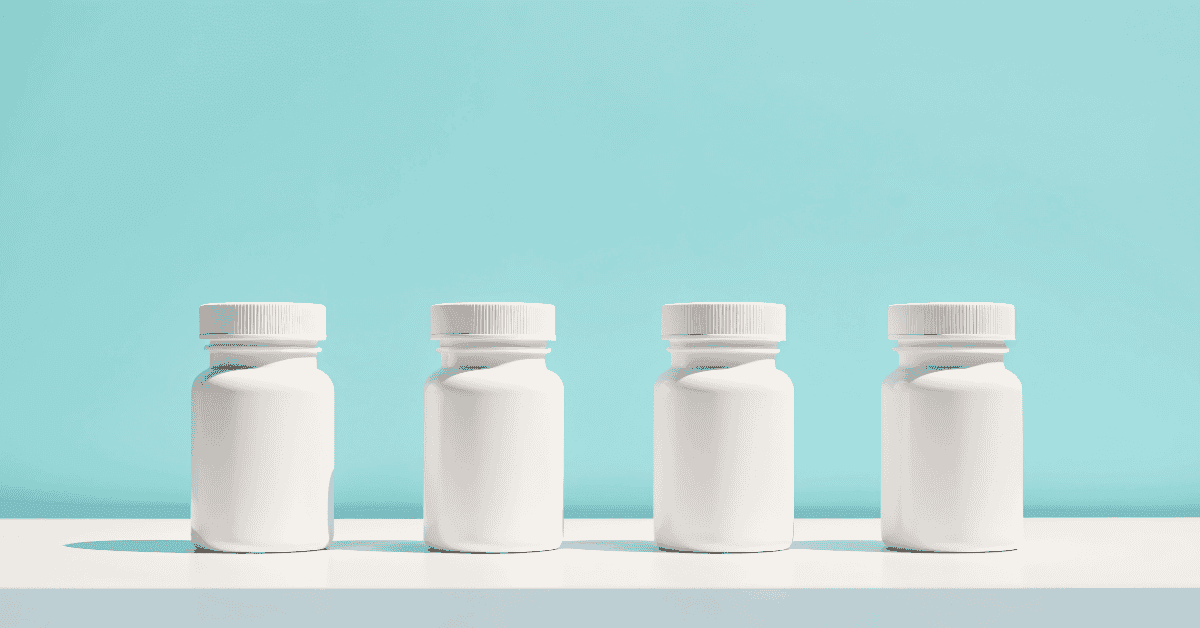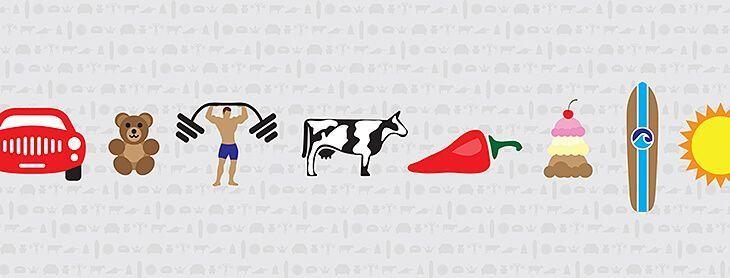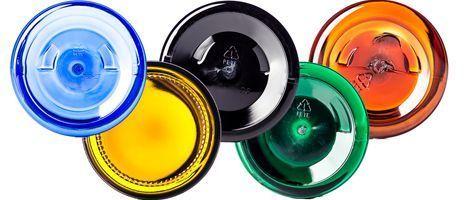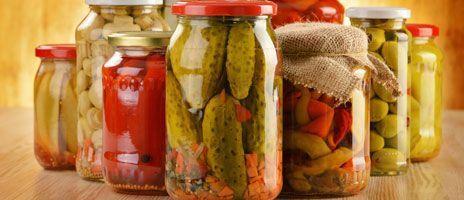Recycled vs. Recyclable vs. Bio-Resin Packaging | Sustainable Solutions


The Green Packaging Puzzle: Understanding Your Options
Sustainability isn’t just a buzzword anymore—it’s a business necessity. Consumers are actively choosing brands that align with their eco-conscious values, and companies are racing to meet those expectations. But with all the greenwashing and jargon flying around, it’s easy to get lost in a sea of terms like recycled, recyclable, and bio-resin packaging. So, what do these words really mean, and how do they impact your packaging decisions? Let’s break it down.
What is Recycled Packaging?
Recycled packaging is made from materials that have already been used and reprocessed into new products. Think of it as packaging with a past life—perhaps it was once a plastic bottle, a cardboard box, or an aluminum can before being transformed into something new.
How It Works
- Collection: Post-consumer and post-industrial waste is gathered through recycling programs.
- Processing: Materials are cleaned, sorted, and broken down into raw forms (like plastic pellets or paper pulp).
- Reformation: These raw materials are then molded or pressed into new packaging products.
Pros and Cons of Recycled Packaging
✅ Pros:
- Reduces landfill waste and pollution
- Decreases the need for virgin materials, conserving natural resources
- Lowers carbon emissions from production
❌ Cons:
- Quality degradation after multiple recycling cycles
- May require additional processing, increasing energy use
- Not always 100% recyclable after use
What is Recyclable Packaging?
Recyclable packaging is designed to be processed and repurposed into new materials at the end of its life. Unlike recycled packaging, which focuses on past materials, recyclable packaging looks toward future reuse.
Common Recyclable Packaging Materials
- Paper & Cardboard: Boxes, mailers, and cartons
- Glass: Bottles and jars (infinitely recyclable!)
- Metal: Aluminum cans, tins, and foil
- Plastics: PET, HDPE, and some biodegradable plastics
Challenges with Recyclable Packaging
Just because something is labeled recyclable doesn’t mean it will actually be recycled. Many factors determine whether a product will complete the recycling loop:
- Local Recycling Infrastructure: Not all facilities accept all materials.
- Consumer Behavior: Contaminated or incorrectly sorted materials often end up in landfills.
- Downcycling Risks: Some plastics degrade after recycling and can only be repurposed into lower-quality products.
What is Bio-Resin Packaging?
Bio-resin packaging is made from renewable plant-based sources rather than petroleum-based plastics. These materials are designed to biodegrade or compost under specific conditions, making them a compelling alternative to traditional plastics.
Types of Bio-Resins
- PLA (Polylactic Acid): Made from corn starch or sugarcane, often used for cups, cutlery, and food containers.
- PHA (Polyhydroxyalkanoates): Produced by bacteria and used for compostable films and bottles.
- Starch-Based Bioplastics: Derived from potatoes, corn, or wheat, commonly used in packaging peanuts and bags.
Pros and Cons of Bio-Resin Packaging
✅ Pros:
- Made from renewable resources, reducing reliance on fossil fuels
- Some are compostable, breaking down naturally in controlled environments
- Can be more sustainable than conventional plastics
❌ Cons:
- Requires specific composting conditions (industrial composting facilities, not home compost bins)
- Some bio-resins act like traditional plastics if not properly disposed of
- Limited recycling compatibility
Choosing the Right Packaging for Your Business
Selecting sustainable packaging isn’t just about slapping a green label on your products—it requires careful consideration of the entire lifecycle. Here’s how to decide between recycled, recyclable, and bio-resin packaging:
1. Understand Your Product Needs
- If durability is a priority, recycled materials like RPET (recycled PET plastic) or recycled cardboard offer strong, eco-friendly solutions.
- If you want to promote a circular economy, choose recyclable packaging that aligns with local recycling programs.
- If your brand focuses on compostable solutions, bio-resins may be the best choice—as long as your customers have access to proper disposal methods.
2. Consider Your Customers’ Disposal Options
- Does your target market have access to commercial composting?
- Are they likely to properly sort recyclables?
- Will they understand how to dispose of bio-resins correctly?
3. Evaluate Cost & Sustainability Goals
While bio-resins are innovative, they may be more expensive than traditional or recycled materials. Recyclable packaging is often the most cost-effective and practical option for businesses looking to balance sustainability and budget.
The Future of Sustainable Packaging
The future of packaging is undoubtedly green, but there’s no one-size-fits-all solution. As regulations tighten and consumers demand more transparency, businesses must stay informed about emerging materials and disposal options.
- Advanced Recycling Technologies: Chemical recycling and improved sorting systems will increase the viability of recycled packaging.
- Enhanced Compostability Standards: More standardized certifications for bio-resins will help consumers understand how to dispose of them.
- Material Innovations: Research into algae-based plastics, mycelium (mushroom) packaging, and upcycled agricultural waste will shape the next generation of packaging solutions.
Make the Right Choice for Your Brand
At the end of the day, sustainability is a journey, not a destination. Whether you opt for recycled, recyclable, or bio-resin packaging, the key is to make informed choices that align with your brand values and operational capabilities.
Want to explore eco-friendly packaging solutions tailored to your business? Check out our sustainable packaging options today!




